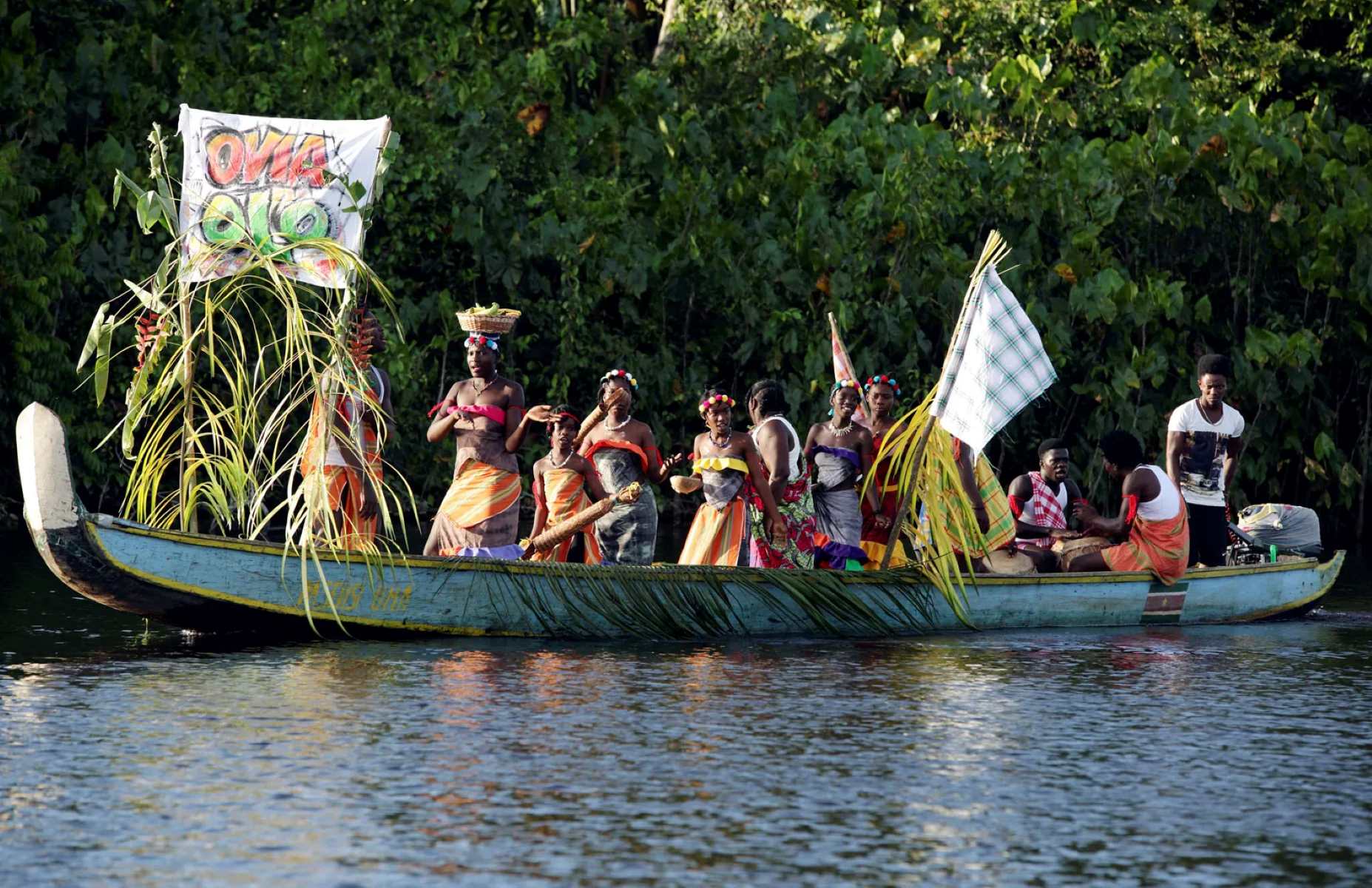Hidden Maroon Communities Of The South

Have you ever heard of the hidden Maroon communities of the Southern United States? These unique settlements, founded by escaped slaves, offer a fascinating glimpse into a lesser-known part of American history. Tucked away in remote areas, these communities thrived by relying on their resourcefulness and strong sense of unity. They developed distinct cultures, blending African traditions with influences from their new surroundings. Visiting these sites provides an opportunity to learn about resilience, survival, and the rich cultural heritage that has been preserved over generations. Ready to uncover the secrets of these remarkable communities? Let's dive into their captivating stories.
Hidden Maroon Communities of the South
The South holds many secrets, including the fascinating history of Maroon communities. These groups, formed by escaped enslaved people, created their own societies in remote areas. Let's explore some of these hidden gems.
1. Great Dismal Swamp, Virginia/North Carolina
The Great Dismal Swamp provided a perfect hideout for Maroons. Its dense, marshy landscape made it difficult for outsiders to navigate, allowing these communities to thrive in secrecy.
- Dense Vegetation: The thick forest offered natural camouflage.
- Waterways: Swampy waters provided food and transportation.
- Isolation: Remote location ensured minimal contact with outsiders.
2. Fort Mose, Florida
Fort Mose, near St. Augustine, was the first free African settlement in the U.S. Established in 1738, it became a sanctuary for those fleeing slavery.
- Spanish Protection: Spain offered freedom to those who converted to Catholicism.
- Military Fort: Provided defense against British attacks.
- Cultural Hub: A melting pot of African, Spanish, and Native American influences.
3. Nanny Town, Jamaica
Nanny Town, named after the legendary leader Nanny of the Maroons, is nestled in the Blue Mountains. This community played a crucial role in resisting British colonization.
- Mountainous Terrain: High altitudes offered strategic advantages.
- Self-Sustaining: Residents grew crops and raised livestock.
- Warrior Spirit: Known for their fierce resistance against British forces.
4. Palenque de San Basilio, Colombia
Palenque de San Basilio is one of the oldest Maroon communities in the Americas. Founded in the 17th century, it remains a vibrant cultural center.
- Cultural Preservation: Unique language and traditions still practiced.
- UNESCO Recognition: Declared a Masterpiece of the Oral and Intangible Heritage of Humanity.
- Festivals: Celebrations that showcase African heritage.
5. Quilombo dos Palmares, Brazil
Quilombo dos Palmares was a massive Maroon settlement in Brazil's Alagoas state. At its peak, it housed over 30,000 people.
- Fortified Villages: Strong defenses against Portuguese attacks.
- Economic Hub: Engaged in trade with nearby communities.
- Zumbi dos Palmares: Celebrated leader and symbol of resistance.
6. Esmeraldas, Ecuador
Esmeraldas, located on Ecuador's northern coast, became a refuge for escaped enslaved people in the 16th century. Its Afro-Ecuadorian culture remains strong today.
- Coastal Access: Provided resources and escape routes.
- Cultural Fusion: Blend of African, Indigenous, and Spanish influences.
- Music and Dance: Rich traditions like marimba music.
7. Suriname's Maroon Villages
Suriname's dense rainforests became home to several Maroon communities. These villages, such as those along the Suriname River, have preserved their heritage for centuries.
- Rainforest Shelter: Dense jungle offered protection.
- Autonomous Governance: Self-ruled communities with unique customs.
- Cultural Practices: Traditional crafts, music, and rituals.
8. Bluefields, Nicaragua
Bluefields, on Nicaragua's Caribbean coast, has a significant Afro-descendant population. Maroons found refuge here, blending with Indigenous and Creole cultures.
- Caribbean Influence: Strong ties to Caribbean culture.
- Fishing Economy: Relied on the sea for sustenance.
- Cultural Festivals: Events celebrating Afro-Nicaraguan heritage.
9. Paramaribo, Suriname
Paramaribo, the capital of Suriname, has deep Maroon roots. The city reflects a blend of African, Dutch, and Indigenous influences.
- Historic Sites: Landmarks that tell the story of Maroon resistance.
- Cultural Diversity: A melting pot of various ethnic groups.
- Art and Music: Vibrant scene showcasing Maroon traditions.
10. Accompong, Jamaica
Accompong, another Maroon settlement in Jamaica, is known for its annual celebrations and rich history. It remains a symbol of freedom and resilience.
- Annual Festival: Celebrates the Maroon treaty with the British.
- Historical Significance: Site of important Maroon battles.
- Community Life: Strong sense of identity and tradition.
The Legacy of Maroon Communities
Maroon communities in the South hold a rich history. These groups, formed by escaped slaves, created unique cultures blending African traditions with new influences. Visiting these communities offers a glimpse into their resilience and creativity. Sites like the Great Dismal Swamp and the Blue Ridge Mountains are living testaments to their survival and ingenuity.
Understanding their history helps us appreciate the diverse fabric of American culture. These communities not only resisted oppression but also thrived in harsh conditions. Their stories are a powerful reminder of human spirit and determination.
Exploring these hidden gems provides a deeper connection to the past. It’s a chance to honor those who fought for freedom and built new lives against all odds. Next time you travel through the South, consider visiting these remarkable places. Their legacy is a vital part of our shared history.

